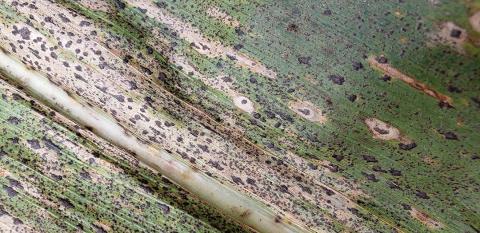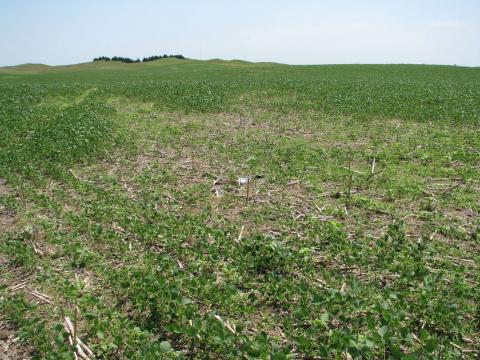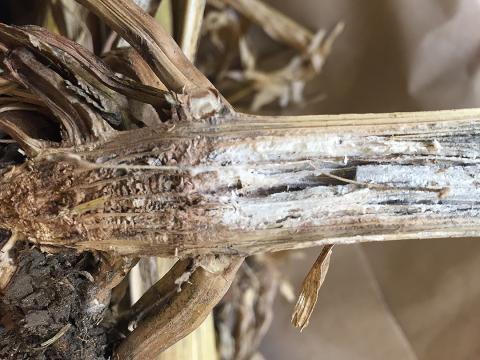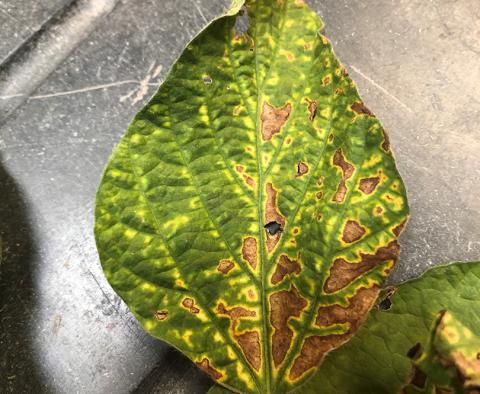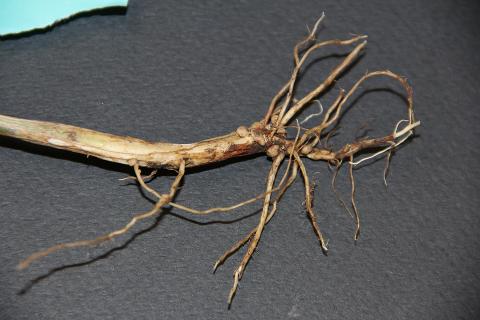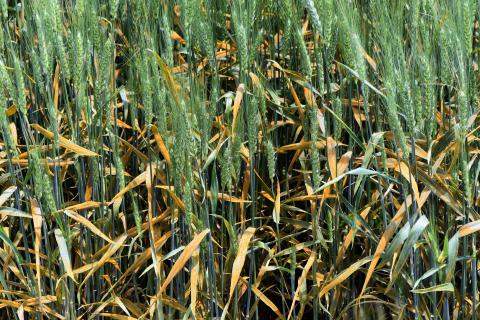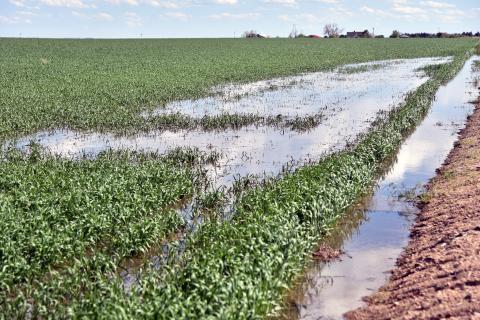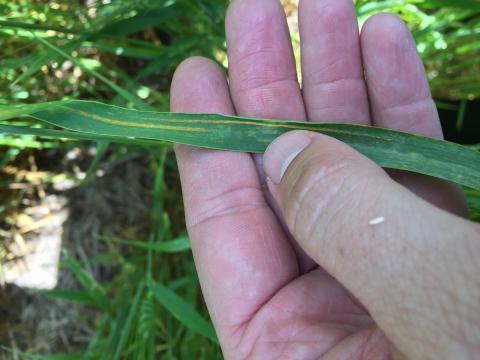Tar Spot Disease of Corn Confirmed in Several Nebraska Counties
October 21, 2021
Tar spot was confirmed in seven eastern Nebraska counties during recent weeks, and there are likely additional corn fields in other counties where the disease can be found.
Sample for Soybean Cyst Nematode This Fall
September 28, 2021
It is a busy time of year as harvest begins across the state, but this is the perfect time to collect soil samples for soybean cyst nematode while waiting in the field in a grain cart or truck as the combine fills.
Crown and Stalk Rot Sampling Tips
August 26, 2021
As you continue to scout fields late in the season, it is important to collect the right kind of sample to ensure proper diagnosis.
Triazole Phytotoxicity in Soybeans
August 26, 2021
Soybeans across Nebraska are currently presenting symptoms common with Sudden Death Syndrome and Brown Stem Rot; however, recent samples indicate many of the affected fields are experiencing phytotoxicity due to the application of a triazole (DMI) fungicide.
Disease Reports from the UNL Diagnostic Clinic — June 30
July 1, 2021
Several diseases were reported in samples submitted to the UNL Plant and Pest Diagnostic Clinic from June 15 through June 30, 2021.
Wheat Disease Update: Stripe Rust, Leaf Rust, and Fusarium Head Blight
June 4, 2021
This week high levels of stripe rust and leaf rust were observed in wheat plots at the Eastern Nebraska Research and Extension Center (ENREC) near Mead, Sauders County, and at Havelock Farm in Lincoln, Lancaster County.
Wheat Disease Update
May 27, 2021
Stripe rust and leaf rust confirmed in new counties; Fusarium head blight risk reported as moderate to high in southern Nebraska.
Track Stripe and Leaf Rust in Winter Wheat Across Nebraska
May 10, 2023
Producers are encouraged to report wheat stripe and leaf rust sightings again this year to help Nebraska Extension continue monitoring movement of these crop diseases throughout the state.
